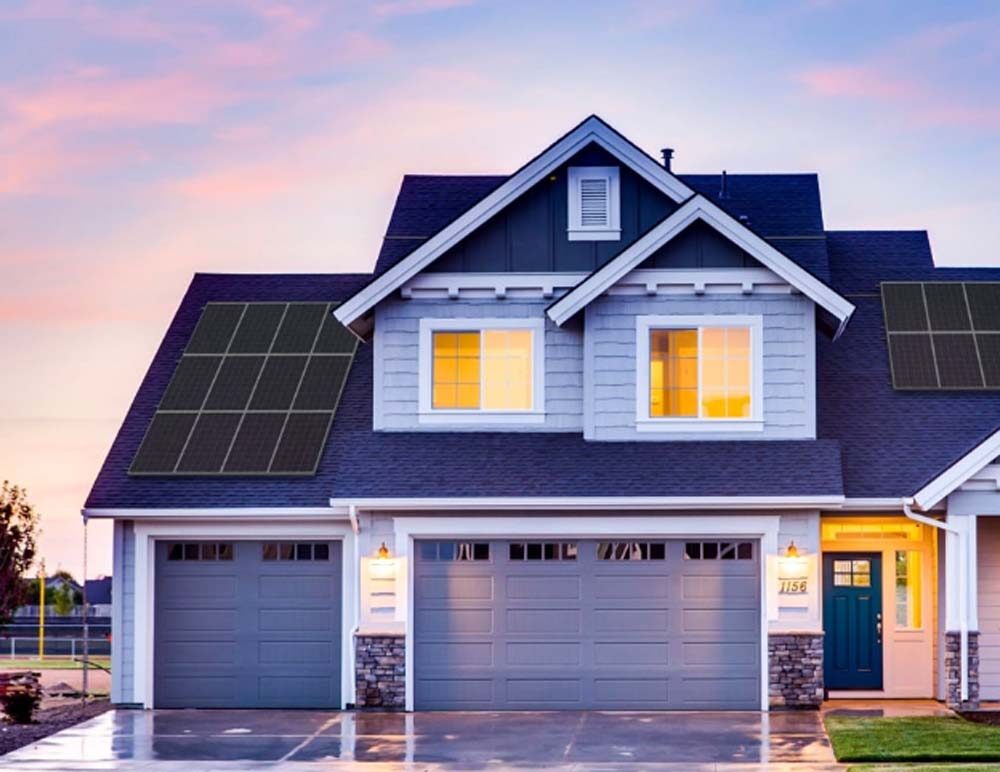Tariff and trade tensions, tempered by favorable industrial policies courtesy of the US Inflation Reduction Act (IRA), have prompted multiple solar and storage manufacturers to announce plans to set up facilities in the United States, some for the first time.
To date, most firms eyeing US ventures are in China, reflecting the global dominance of Chinese PV and storage companies. Companies based in India are in the mix, too, followed by European producers and a roster of businesses from across Southeast Asia and South Korea.
With all this interest comes the realization that many business practices that are considered normal in the United States, differ – sometimes in big ways – from other parts of the world. Take employee parking, for example. Companies based in parts of the world where private vehicle ownership is not the norm may look at the acres of car park space at US manufacturing sites and see wasted potential.
On the other hand, some non-US employers are surprised when they hear worker dormitories are not standard at manufacturing sites. Or that the open labor market, not a government ministry, is the primary source for workers. Some find it a foreign concept that most Americans are willing to commute a significant distance to a job they secured on their own.
Other cultural differences include the layers of decision-makers who need to sign off on manufacturing plants, the subtle differences between product and equipment standards, and the emergence in some parts of the United States of opposition to any investments by Chinese companies.
Location and equipment
Site selection provides another challenge. Many available buildings were originally built for warehouse or distribution purposes. Such operations typically use little energy, at least when compared with solar and battery production lines. Electrical service upgrades often become necessary, with upgrades sometimes required all the way to the substation. In other cases, new substations need to be built from scratch.
That means the prospective manufacturer must work with local utilities to secure upgrades. Sometimes this can be done relatively quickly, with the utility able to locate transformers within a year.
However, equipment acquisition often proves more difficult. In the case of transformers and related substation equipment, wait times of several years are becoming more common. That means a non-US manufacturer needs to be something of a utility expert, able to understand and work not only across multiple business types (investor-owned, cooperative, municipal, and so on), but also with regulated or unregulated regimes which vary by state.
Even when it comes to commonplace equipment such as a facility’s air conditioner, lead times of two to three years are increasingly reported for 40-ton units and larger. Fewer than a dozen suppliers exist that manufacture equipment of this size for the US market and each typically produces only a handful of units each week, to meet global demand.
Matter of standards
Even for European companies, different quality, certification, and manufacturing standards need to be addressed. That’s because companies working in the European Union typically are more familiar with the bloc’s CE mark for health, safety, and environmental protection. Products that have received the CE mark are not automatically UL (Underwriters Laboratories)-listed for sale in the United States. In part, this is because some product types with the CE mark do not have to be third-party certified and are not necessarily compliant with US standards.
Rarely does a one-to-one equivalency exist so qualification testing often needs to be performed for European products and equipment to be used in the United States.
A further layer of complexity often exists here. The certification must satisfy not a federal or state official but, in many cases, an official as local as a fire marshal. These local code administrators are instrumental in deciding whether every aspect of a facility complies with a host of safety standards. Only after a fire marshal signs off can a manufacturing plant be occupied and begin production.
Multiple logistical issues can also surprise non-US firms. For example, an industrial site in the middle of the country might look like an ideal solution and then be rejected because it is too far from a deepwater port, which adds to transportation expenses and delays. Or an industrial site close to a deepwater port on one of the coasts may have an unacceptably large risk of suffering natural disasters such as hurricanes and floods. A site in the fast-growing and sunbaked Southwest of the United States may lack access to long-term, reliable water supplies.
Managing differences
Any company looking to base itself in the United States should develop a set of qualifying categories that rank the importance of a range of inputs, from available real estate to utility service upgrades to workforce availability, as they pertain to specific projects.
One outcome of such an exercise is that it’s rare for two seemingly similar businesses to favor the same site, let alone the same state. While many factory projects look the same from the outside, their specific needs can be quite different. One emerging factor is the policy – written and unwritten – in some states that discourages Chinese-owned factories. There are still states that welcome Chinese ownership, however.
At the federal level, there is the No Official Giveaways of Taxpayers’ Income to Oppressive Nations (NO GOTION) Act. This is a bill in the House of Representatives that would prohibit companies affiliated with certain regimes around the world from benefiting from IRA tax credits. It is likely that companies that have begun manufacturing prior to the bill’s passage will be affected differently.
Renewed interest in, and support of, domestic US solar manufacturing is opening attractive opportunities for foreign-based companies to set up production lines. Cultural differences exist, however, and need to be proactively addressed to help ensure a project’s profitability.
 About the author: Mark Hagedorn is the vice president of manufacturing services for Clean Energy Associates.
About the author: Mark Hagedorn is the vice president of manufacturing services for Clean Energy Associates.
The views and opinions expressed in this article are the author’s own, and do not necessarily reflect those held by pv magazine.
This content is protected by copyright and may not be reused. If you want to cooperate with us and would like to reuse some of our content, please contact: editors@pv-magazine.com.








By submitting this form you agree to pv magazine using your data for the purposes of publishing your comment.
Your personal data will only be disclosed or otherwise transmitted to third parties for the purposes of spam filtering or if this is necessary for technical maintenance of the website. Any other transfer to third parties will not take place unless this is justified on the basis of applicable data protection regulations or if pv magazine is legally obliged to do so.
You may revoke this consent at any time with effect for the future, in which case your personal data will be deleted immediately. Otherwise, your data will be deleted if pv magazine has processed your request or the purpose of data storage is fulfilled.
Further information on data privacy can be found in our Data Protection Policy.